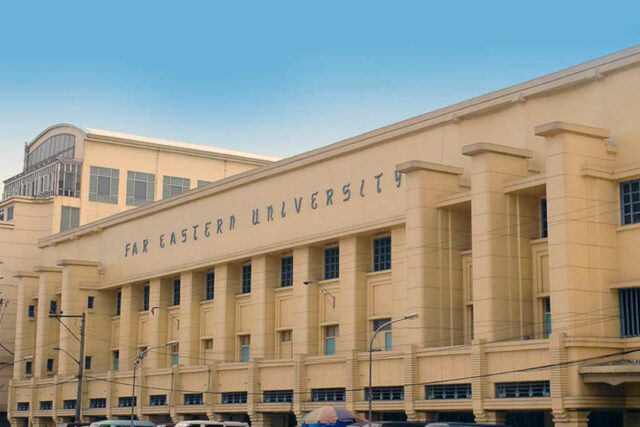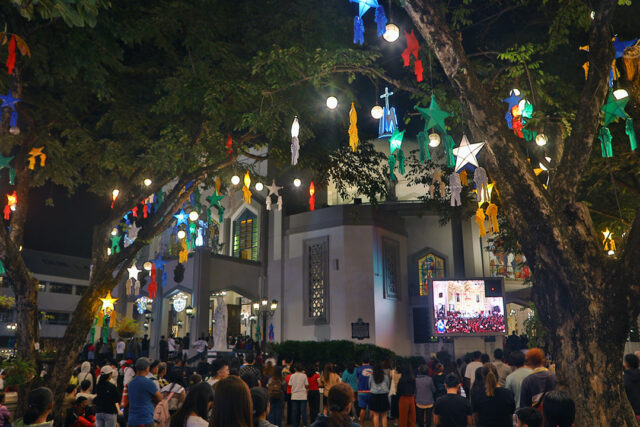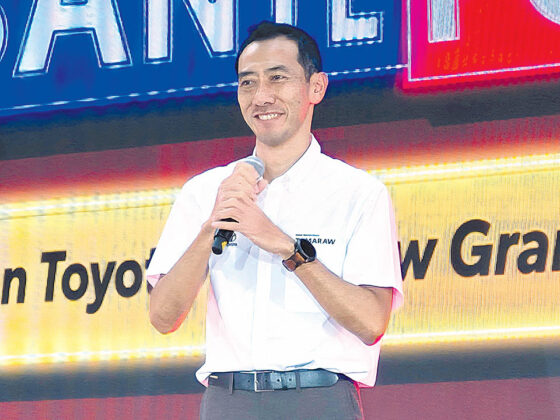A bad budget: The President’s options
The proposed 2025 budget is drawing flak. Healthcare advocates are particularly riled, claiming that the budget is illegally siphoning money away from the Universal Health Care (UHC) Act, established under Republic Act No. 11223 and funneled to dole-out programs that promote patronage politics. Incredibly, the proposed 2025 General Appropriations Act (GAA) provides no subsidy for Philippine Health Insurance Corp. or PhilHealth at all — contrary to law.
The President has so far postponed the signing of the budget ostensibly to address the outrage it generated.
But what can the President do when poised to sign a bad budget?
Article VI, Section 27 (2) of the Constitution provides that “The President shall have the power to veto any particular item or items in an appropriation, revenue, or tariff bill, but the veto shall not affect the item or items to which he does not object.”
(The table shows what the budget provides.)
The question is whether this portion of the budget — one that assigns no money to PhilHealth — can be vetoed.
Even if the President does veto this provision, the veto will not restore the missing subsidy for PhilHealth. An appropriation is the setting apart by law of a certain sum from the public revenue for a specified purpose. (Bengzon v. Secretary of Justice, 1936). Appropriation is a function of Congress, not the President. Under the Constitution, the spending power or “the power of the purse,” belongs to Congress, subject only to the veto power of the President. The President may propose the budget, but still the final say on the matter of appropriations is lodged in the Congress. (Philippine Constitution Association v. Enriquez, 1994).
Similarly, deductions made by Congress on the budgets of various government agencies cannot be restored by a veto. Again, the President can delete (veto) parts of the proposed budget but he does not have the power to make appropriations he believes are consistent with the Constitution.
The President is left with two options.
The first option is to veto the entire bill. This would trigger Article VI, Section 25 of the Constitution which provides that:
If, by the end of any fiscal year, the Congress shall have failed to pass the general appropriations bill for the ensuing fiscal year, the general appropriations law for the preceding fiscal year shall be deemed reenacted and shall remain in force and effect until the general appropriations bill is passed by the Congress.
In other words, the government will operate under a budget exactly like the GAA for 2024 — until Congress enacts another GAA.
The second option is for the President to prevail upon the leaders of both Houses of Congress to recall the proposed budget so Congress can make changes to appease critics and to align the proposed budget with the strictures of the Constitution. The President cannot convene the bicameral conference committee himself because Congress is a separate, co-equal branch of government. The President has no power over Congress.
The second option is not without precedent.
The Magna Carta of Filipino Seafarers (Republic Act No. 12021 [2024]) took a wild route to enactment. The bicameral conference committee report was first submitted and ratified by Congress on Dec. 5, 2023 but it was withdrawn after it was enrolled for the President’s signature. On May 22, 2024, the bicameral conference committee report was again ratified by both the House of the Representatives and the Senate but again did not reach Malacañang for signature. Sen. Raffy Tulfo submitted, for the third time, its bicameral conference committee report on July 31, 2024. Tulfo explained that there has been a complaint “from some of the sectors” when the harmonized version of the bill was due for signing by the President.
There is no legal impediment to this course of action. An enrolled bill is a declaration by the two Houses, through their presiding officers, to the President that a bill has received in due form the sanction of the legislative branch of the government, and that it is delivered to him in obedience to the constitutional requirement that all bills which pass Congress shall be presented to him (Arroyo v. De Venecia, 1997).
The enrolled bill theory is based mainly on “the respect due to coequal and independent departments,” which requires the judicial department “to accept, as having passed Congress, all bills authenticated in the manner stated.” (Astorga v. Villegas, 1974). The doctrine is directed at the courts to accept the manner in which a bill was passed into law; it does not prevent Congress from recalling its own work.
The proposed budget for 2025 is in a similar position — it has been enrolled and is up for the President’s signature. There are complaints from various sectors of society that demand to be addressed. If the President signs the proposed budget into law, then it is a statement that he is endorsing the unconstitutional acts that are embedded in the bill.
A President’s duty, under these circumstances, is to stand by the Constitution and the laws of the Republic, and refuse to sign the proposed budget for 2025. By refusing to sign it, he will challenge Congress to step up and to enact a budget that addresses the concerns of every Filipino and not one that finances patronage politics.
Dante Gatmaytan is a professor of Law at the University of the Philippines, Diliman. He has authored books on Constitutional Law, Legal Method Essentials, and Local Government Law and Jurisprudence. He is also a fellow of Action for Economic Reforms.

























